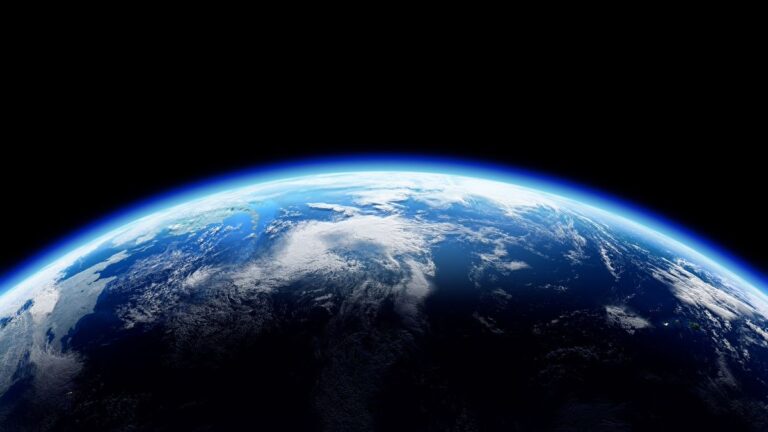Direct effects on human health and the environment are unlikely to occur here on Earth, but the metals left over from burned-up spacecraft may have an impact on future space travel.
Unexpected effects of space exploration on Earth’s atmosphere have been seen. The National Oceanic and Atmospheric Administration (NOAA) has conducted research on the discharge of metal aerosols from burning spacecraft during atmospheric re-entry. These metals stay in the stratosphere for indefinite periods of time after attaching to massive sulfuric acid particles.
The NOAA used a NASA WB-57 high-altitude research plane to fly over the Arctic to observe this phenomena. Meanwhile, a device known as the Particle Analysis by Laser Mass Spectrometry (PALMS) recorded the mass spectra of over 500,000 aerosol particles in the stratosphere, the second-lowest layer of the atmosphere. NOAA scientists compared the PALMS data with outcomes from earlier missions that had been launched as early as 1997 in the lab.
In a publication for the Proceedings of the National Academy of Sciences, the organisation published their findings. As a result of meteor vaporisation, elements including sodium, magnesium, chromium, iron, and nickel are frequently detected in the atmosphere. However, the NOAA reported more than 20 “distinct elements from spacecraft” in the stratosphere. These “exotic” metals, ranging from niobium and hafnium to copper, lithium, and aluminium, made up around 10% of the sulfuric acid particles in the stratosphere, which make up a significant portion of the layer’s total particles.

It is necessary to refine niobium and hfnium from mineral ores in order to create semiconductors, superalloys, and other components used in space exploration. While aluminium, copper, and lithium are all present in space dust, their occurrence is far less frequent than that observed during the NOAA flypast. In ratios similar to those found in spacecraft, other elements like as silver, iron, lead, magnesium, beryllium, titanium, and zinc were also identified.
This puts us in a situation where we might lose something. In order to prevent the accumulation of more space debris, which could jeopardise upcoming missions and possibly produce new space debris over time, we must remove spacecraft from orbit. Yet, dragging satellites and other equipment back through Earth’s atmosphere, where they normally burn upon re-entry, is necessary to deorbit them. The research’s principal investigator, chemist Daniel Murphy, stated in a NOAA press statement that deorbiting the 7,892 satellites in low Earth orbit might increase the amount of metal-containing sulfuric acid particles in the stratosphere by 50%.
Direct effects on human health and the environment on the ground are improbable, according to Murphy and his team. As we continue to launch spacecraft into orbit, it is important to monitor the buildup of non-native metals in the stratosphere.

